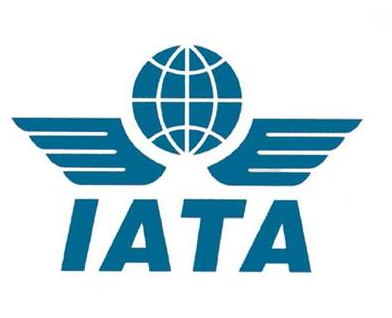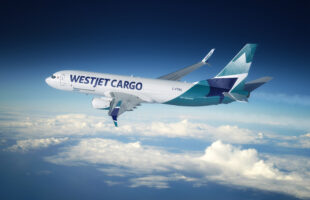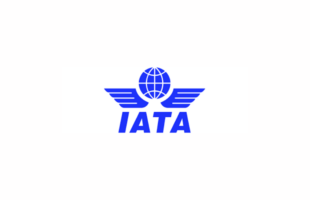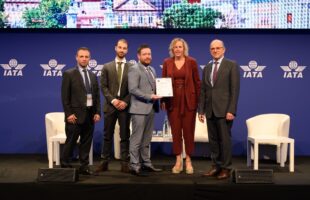
 The International Air Transport Association (IATA) urged aviation stakeholders to continue to be guided by the spirit of the 1944 Convention on International Civil Aviation, known as the Chicago Convention, in responding to the challenges facing aviation today and in the future.
The International Air Transport Association (IATA) urged aviation stakeholders to continue to be guided by the spirit of the 1944 Convention on International Civil Aviation, known as the Chicago Convention, in responding to the challenges facing aviation today and in the future.
In the United States, aviation supports 6.5 million jobs and contributes $779 billion to GDP including aviation-supported tourism, according to IATA’s just released report on the Value of Air Transport in the US1.
Speaking at IATA’s Wings of Change Americas conference here, de Juniac outlined principles to ensure aviation continues to live up to the legacy of the Chicago Convention. In addition to maintaining safety as the industry’s highest priority, de Juniac urged aviation stakeholders to focus on:
- Environmental sustainability
- Ensuring a policy framework that encourages competition and innovation; and
- Infrastructure that is efficient and affordable.
Environment:
De Juniac said that aviation is also working towards its 2050 target of achieving a 50% reduction in net CO2 emissions compared to 2005. Sustainable aviation fuels (SAF) potentially will play a huge role, but for that to occur, governments need to enact policies supporting commercialization of SAF. Advances in airframes and propulsion systems such as the development of all-electric and hybrid-electric aircraft, will also play a big part in cutting aviation’s emissions in half by 2050. It will also require operational improvements and greater efficiency from air navigation services providers.
However, de Juniac cautioned that the rise of anti-aviation sentiment poses an immediate challenge to efforts to grow aviation’s benefits, while addressing its climate responsibilities.
Competitive Policy Framework
Turning to the need for a pro-competition policy framework, de Juniac said, “Competition unleashes innovation and helps drive prices lower. This is what occurred following airline deregulation. Subsequently, we’ve seen how removing barriers to international competition through Open Skies agreements has also spurred the market and benefitted consumers.” He cautioned against efforts to turn back the clock on deregulation through consumer rights rules whose costs exceed their benefits, citing Canada’s Air Passenger Protection Regulations as an example.
Infrastructure
De Juniac also highlighted the need for adequate affordable infrastructure.
“Critically congested airports are spread the world over. New York, Sao Paolo, London, Amsterdam, Mumbai, Bangkok and Sydney are all examples of airport bottlenecks due to capacity constraints—both real and artificial. Bottlenecks, whether on the ground or in the air, lead to delays and inefficiencies, and these result in excess fuel burn and CO2 emissions.”
The US is better positioned than most in terms of its infrastructure capacity but costs are a concern. The US already ranks 100 out of 136 countries in terms of its travel and tourism cost competitiveness, according to the World Economic Forum. A proposal in Congress to almost double the cap on airport passenger facility charges (PFCs) will raise ticket prices and reduce the country’s cost competitiveness even further.







